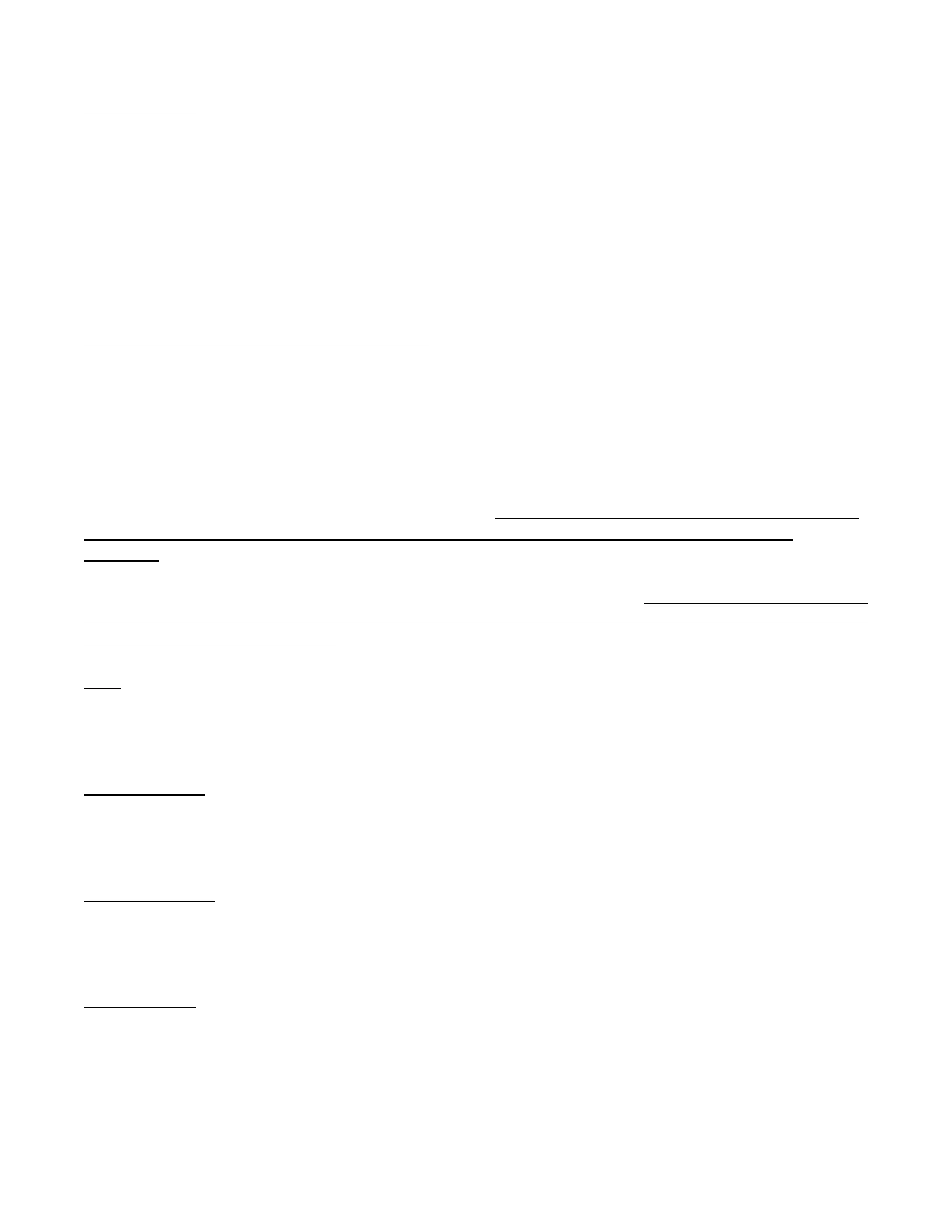Stop Tablets
From the preceding, we see that whenever any one of the three G pedals, for
instance, is depressed, the frequency dividers, together with the oscillator,
provide a series of six G notes in exact octave relations. The particular divider
whose output is to sound is selected by the stop tablets: 2'& 1',4', 8', 16',32'
BOMBARDE and 32' BOURDON. Thus the stop tablets act as register controls to shift
the pitch range of the pedal solo unit to five different positions. If two or more
of these controls are turned on simultaneously, a composite tone will be heard,
consisting of the output of several dividers simultaneously sounding in their octave
relations. (A tablet is on when the white dot is visible.)
Note With Regard To The 32-foot Stops
In playing, care must be exercised by the organist in using the 32' BOURDON and 32'
BOMBARDE pedal stops. They are useful in permitting the player to obtain deep
bass notes in the second octave of pedals. As the player descends into the first
octave of pedals, he will find that the B, A#, A, and G# pedals have a definite
pitch like the higher pedals. However, below the G# pedal, it becomes difficult to
ascribe a definite pitch to these 32-foot tones. When a 32-foot stop is registered
in concert organ music, it will be found that the pedals required will rarely be
lower than the G pedal in the first octave. Therefore, do not use the 32-foot pedal
stops indiscriminately, for ordinary bass purposes where the 16-foot tone is
desired. The 32' BOURDON stop produces an effect which is mostly felt as a very low
bass undulation when playing low in the first octave of pedals. The 32' BOMBARDE is
always used in conjunction with other higher pitched stops. When played by itself in
the lower half of the lowest octave of pedals, the effect is of such low pitch as to
be of little use musically.
MUTE
Pressing the mute tablet shunts a small condenser across the signal circuit to
reduce the intensity of the higher frequencies. This is effective on all the pedal
solo stops to make the tones more mellow.
PEDAL SOLO ON
This tablet, connected in series with the keying contacts in the pedal switch, turns
on and off any solo combination set up on the other tablets. It may thus be used as
a preset control for the pedal solo unit.
Volume Control
The volume knob on the control panel is used to balance the pedal solo tones with
the rest of the organ. The overall volume of the entire organ, including the pedal
solo unit, is controlled by the expression pedal.
Control Tube
The push-pull control tube, a double triode, is normally cut off by a large negative
bias applied to its grid circuit. When any pedal is pressed its control contact
grounds this bias circuit (if the PEDAL SOLO ON tablet is on),thereby removing the
bias and causing the note to sound. A condenser and resistor, C81 and R112, make the
tonal attack smooth. The control tube is connected to an output transformer whose
secondary feeds the pedal solo signal through the volume control to the organ preset
panel, where it is combined with the other tones of the organ.
4
